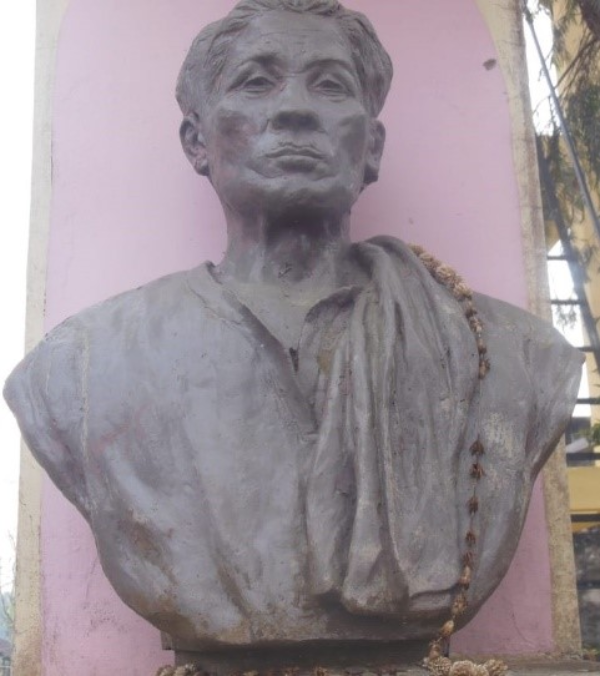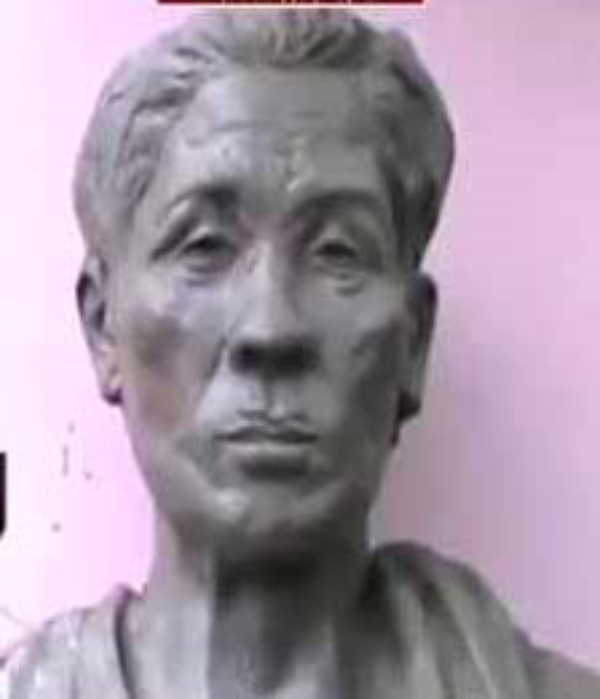State
Tribe Name
Art Type
short description
Kamala Miri was one of the earliest freedom fighters from Assam belonging to the Mising community. He joined the Indian National Congress in 1937, forming the Miri Congress, which united over one thousand volunteers across five flood-affected districts in Assam. He also took part in the Quit India Movement and was imprisoned for opposing British rule. Miri, who was already frail and unwell, refused to sign a release bond, and in 1943 he laid down his life within the confines of Jorhat Central Jail with consummate dedication to the freedom struggle of India.
Thumbnail

Filter Postion
Right
Filter Background
Off
Theme
Filter Header Image

content
Image

description
Kamala Miri was one of the earliest freedom fighters from Assam belonging to the Mising community. He joined the Indian National Congress in 1937, forming the Miri Congress, which united over one thousand volunteers across five flood-affected districts in Assam. He also took part in the Quit India Movement and was imprisoned for opposing British rule. Miri, who was already frail and unwell, refused to sign a release bond, and in 1943 he laid down his life within the confines of Jorhat Central Jail with consummate dedication to the freedom struggle of India.
Image Mode
landscape
Image

description
In addition to being the part of the freedom struggle, Kamala Miri was also a transformational leader of the Mising community. He built educational institutions in remote areas, worked vigorously against alcohol and opium use, and settled land-right issues. Miri was the person who gave priority to the wellbeing of flood-stricken regions by distributing assets such as boats and seeds among needy people. His activities were indicative of a commitment to improving Mising socio-economic conditions and strengthening communal unity through reform.
Image Mode
landscape
Image

description
The formation of the Miri Congress by Kamala Miri in 1937 was counted as an epoch-making achievement, being the very first political organization specifically made for the Mising community. It's mostly for the act of enjoining, getting volunteers together to resist British oppression and bringing community issues to national attention. His leadership politically empowered the community and linked it to the larger independence struggle, making the Miri Congress one of the most vital voices in India's freedom movement for the Misings.
Image Mode
landscape
Image

description
In 1942, Kamala Miri was imprisoned in the Golaghat Jail for his activism in the Quit India Movement. On refusal of signing a bond for his release, he maintained the freedom cause, even though he became severely ill. His imprisonment also gave him a chance to meet with great leaders like Gopinath Bordoloi, as well as learnt Hindi and strengthened his ideals of being resilient. In fact, he died a martyr in 1943, thereby further consolidating his legacy as an inspirational figure of sacrifice and integrity in the history of Assam.
Image Mode
landscape
Image

description
Miri's concern extended to welfare activities in the vulnerable areas of Assam. Floods and erosion being the common enemies in that part of the world, he proactively responded to the disaster by providing boats, seeds, and other basic needs to affected families. He resettled the homeless in new villages so that they could live together as a community and secure their land rights. His complete approach was the balance between political activities and social welfare that has made him a revered figure in both the freedom movement and community development for the Mising tribe.
Image Mode
landscape
promoted
On
Verified
On
